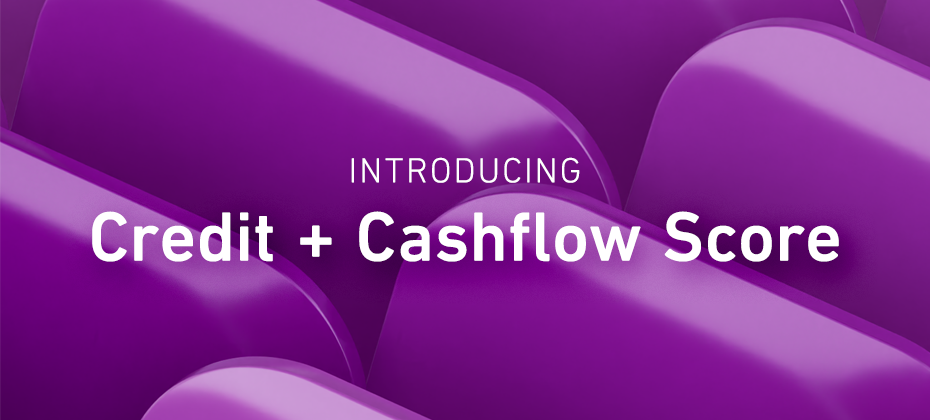
Credit decisioning has traditionally relied on static data like credit bureau scores, income statements, and past repayment history. As financial behavior becomes more dynamic and consumer expectations shift toward instant decisions, real-time data is emerging as a powerful tool in reshaping how lenders assess risk.
What is real-time data in credit decisioning?
Unlike static data, which offers a snapshot in time, real-time data provides an up-to-date view of a consumer’s financial history. These data points can be considered alternative credit data, which refers to Fair Credit Reporting Act (FCRA)-regulated data that is not typically included in traditional credit reports. Alternative data drives greater visibility and transparency around inquiry and payment behaviors, so lenders can gain deeper insight into creditworthiness.
Real-time or near real-time data in credit decisioning can include:
- Cashflow transactions
- Utility and rental payments
- Property data
- Verified income
- Mobile wallet activity
- Behavioral signals from e-commerce platforms
This data can help institutions make more precise lending decisions, allowing them to grow their portfolios while mitigating risk.
Why does real-time data matter?
Improved risk assessment: Instead of relying on a potentially outdated credit score, lenders can evaluate how a borrower is currently managing their finances. This is especially critical as household debt in the U.S. have reached $18.39 trillion, with credit card balances reaching $1.21 trillion outstanding. In such a volatile environment, having up-to-date insights is key to avoiding defaults.
Smarter decisioning: With access to more up-to-date information and the right tech infrastructure, lenders can make more informed decisions to approve or deny credit applications. This can empower institutions to build and grow a solid client base while meeting the high consumer demand for excellent financial services.
Greater financial inclusion: Real-time data helps lenders improve financial inclusion by offering a more comprehensive view of an individual’s creditworthiness, particularly for those with little or no traditional credit history. Millions of consumers are excluded from the financial system due to a lack of traditional credit data. By incorporating alternative real-time data sources, lenders can identify creditworthy individuals who would otherwise be overlooked. An estimated 1.4 billion people are unbanked globally and lack access to financial resources. Real-time data helps fill in those gaps, allowing lenders to assess “thin-file” or “no-file” applicants more fairly.
What are the benefits of real-time data?
The upsides of using real-time data extend across the entire credit lifecycle:
- Underwriting: Transaction data reveals income stability and spending habits.
- Credit line management: Limits can be adjusted based on real-time financial health.
- Collections: Recent payment behavior helps prioritize outreach.
- Prequalification and pre-screening: Real-time insights enable lenders to conduct soft credit checks without impacting a consumer’s credit score, as opposed to hard credit checks, which can have a negative effect.
- Portfolio monitoring: Early signs of distress can be flagged before defaults occur, while indications of high performance can provide valuable evidence of sound lending practices.
Using real-time data to improve credit decisioning with Experian
Experian empowers financial institutions to make faster, smarter credit decisions by integrating real-time data into our decisioning platforms. Our collaboration with Plaid allows us to deliver real-time cashflow insights, analyzing over 500 million transactions daily, to enhance risk assessment and expand access to credit.
With tools that support instant decisioning, portfolio monitoring, and fraud detection, we help lenders improve accuracy, reduce friction, and serve a broader range of consumers while maintaining transparency.
Looking ahead, the future of credit decisioning is being shaped by open banking, embedded finance, and AI-driven models that learn from streaming data. These innovations are paving the way to making credit more accessible, personalized, and responsive.
Visit our website to learn how we can help your organization use real-time insights to drive smarter, faster, and fairer credit decisions.


